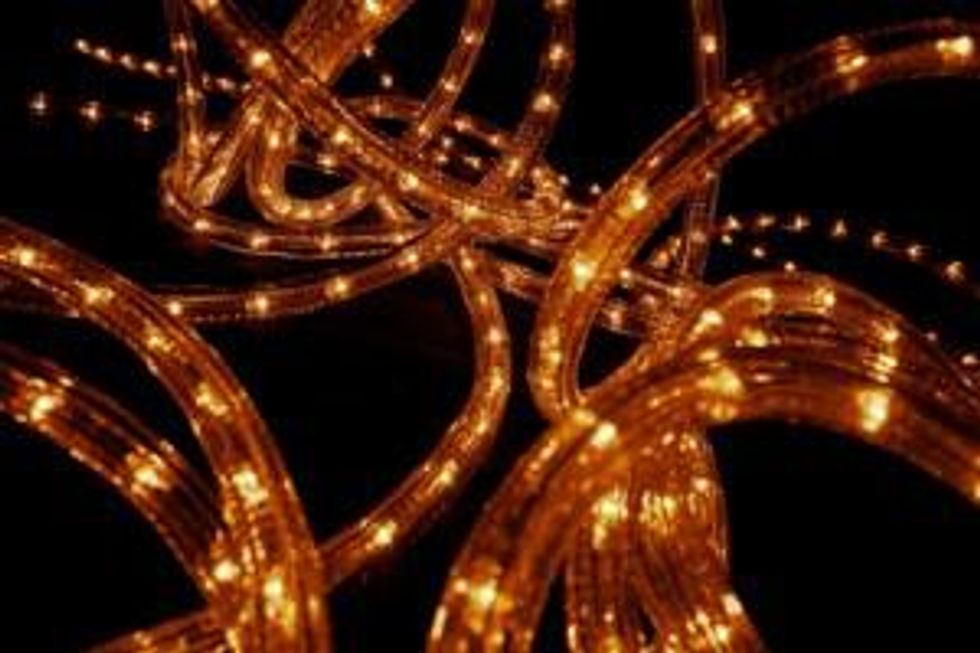The commercial applications of promethium, samarium, europium and gadolinium are discussed.
Rare earth elements have many commercial applications. This article focuses on four — promethium, samarium, europium and gadolinium – that were not covered in the previous light rare earths survey.
Promethium
This rare earth element is radioactive. It was first identified by researchers at Oak Ridge, Tennessee, in 1947, according to Web Elements. Comparatively little is known about the properties of promethium, though more than 30 compounds of it have been prepared. There is no known promethium in the earth’s crust. It is available commercially and is also possible to make in a laboratory. It is usually recovered as a byproduct of uranium fission.
Promethium has applications in the energy sphere, though these are speculative. It could be used to create a nuclear-powered battery, which could have a life of up to five years. It also has applications in space exploration, where it could be used as a thermoelectric generator to provide electricity for satellites and other space vehicles. Medically, it can be used as a portable X-ray source. In terms of military operations, it has applications in lasers that can communicate with submarines. Promethium chloride has been used as a luminous paint for instrument dials and watches but this is no longer a common practice due to the danger of radioactive materials.
Samarium
Samarium, discovered spectroscopically by Jean Charles Galissard de Marignac in 1853, is a rare earth element found in minerals like monazite and bastnaesite, according to Web Elements. It was isolated in 1879 by Lecoq de Boisbaudran from the mineral samarskite, which gave samarium its name. It can be produced in laboratories, though it too is available commercially. There are 21 isotopes of samarium, and naturally occurring samarium is a mixture of several of them.
Samarium is used in magnets, specifically samarium-cobalt permanent magnets. These magnets are resistant to demagnetization, extremely high temperatures and rough environments. As a result, magnets of this kind are often found in hybrid cars and high-end pickups for electric guitars. High-end audio equipment also uses samarium. A drug made with an isotope of samarium, samarium-153, is used to treat pain in cancers that have spread to the bone. Samarium is found in windows, as part of a treatment that can make glass resistant to infrared radiation. It is also a component of flints for lighters, and a catalyst for the dehydration of ethanol. This last use is one of several uses of samarium in chemistry.
Europium
Europium was in fact discovered simultaneously with samarium. Scientists suspected there were additional elements present in the samarium sample that de Boisbaudran isolated, and in 1886 Eugène-Antole Demarçay proved this correct. He obtained further proof when he isolated the element in 1901, and named the element after Europe. It is the most reactive of the rare earth metals and ignites at temperatures above 150 degrees Celsius. It can form stable compounds in both the divalent and trivalent states, which is unusual among the rare earth elements. It is not found free in nature, but in minerals like monazite, bastnaesite and xenotime.
Europium was used in television sets as the source of the color red. Earlier sources had not created a vibrant red, but europium did. It is still used as a phosphor, but because cathode ray tube (CRT) televisions are no longer in production, it is used in white LED lights, according to Popular Mechanics. White LEDs are created through the use of various colored LEDs, and europium contributes the red shade. It is also used as an anti-forgery mark on Euro notes, and absorbs neutrons on nuclear reactor control rods.
Gadolinium
Gadolinium was discovered in 1880 by the Swiss chemist Marignac, who found it in the mineral samarskite — the source of samarium. The element takes its name from the Finnish chemist Gadolin. It is weakly magnetic at room temperature, but becomes strongly so in low temperatures. It is stable in air. It occurs in bastnasite primarily, as well as in other minerals that contain rare earths. Gadolinium is as abundant in the earth’s crust as nickel and arsenic. It occurs naturally in six stable isotopes, and a total of 32 radioactive isotopes of the material have been identified. The metal can be extracted through solvent-extraction or ion-exchange techniques.
Gadolinium’s primary uses are as hosts for phosphors in lamps, according to Gadolinium Facts. It is also used in X-ray screens and as a contrast agent for magnetic resonance imaging (MRI). Gandolinium is also found in shields and control rods of nuclear reactors, as it is highly absorptive of nuclear energy. The rare earth element is also employed in communications technologies and found in laboratories as a component in magnetic refrigeration devices, which can decrease cooling costs by as much as 80 percent. Gadolinium has also been used to target tumors.
Related reading:
Uses of Rare Earths Part One: Light Rare Earths
Uses of Rare Earths Part Two: Heavy Rare Earths
